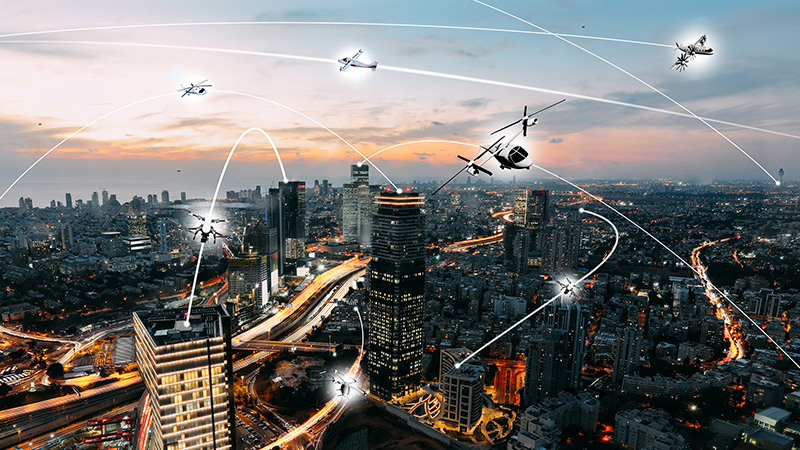

Earlier this year, we wrote a summary of the challenges facing autonomy in the urban air mobility sector. They fit into two categories: technology and authorisation.
NASA’s Urban Air Mobility Grand Challenge will address these exact concerns. It has now signed 17 companies on to its programme, which, over the next few years, will test the viability of urban air mobility networks.
NASA’s UAMGC has a simple mission: test the capabilities and readiness of air mobility. However, achieving this goal is far more complicated. It is currently in the developmental testing stage, and once this is complete, it will move onto its first Grand Challenge in 2022.
Among the issues it plans to test are:
· Air-to-air conflict management
· Noise evaluation and management
· Vertiport locations and viability
· Supporting infrastructure
· Operations management
During flight testing, companies will provide an eVTOL to fly in various scenarios, allowing NASA to monitor flight paths, traffic management, information exchange, and other vital factors. NASA will then use this information to develop its challenges, which will put eVTOLs through their paces to truly test their viability as mobility aircraft.
The 17 companies signed up are from different areas of the aerospace industry. Among them are Joby Aviation, OneSky Systems, AirMap, Bell Textron, and more.
NASA’s Grand Challenges are the first of their kind to receive backing. The plan is to test safety and integration barriers across UAM systems while also addressing logistical and operational challenges. In short, NASA wants to look at whether eVTOLs will be as revolutionary as we think.
NASA has released information about its challenges, which will investigate all areas of UAM operation. It will be fascinating to see the results and how this impacts the adoption of UAM technology in the future.
The most obvious benefit from the challenges is their link to the Federal Aviation Authority. The FAA has been involved in this project from the beginning and was instrumental in developing the challenges. Hopefully, this means the results will lead to easier certification and classification of eVTOLs.
As we discussed in our previous post, certification is a massive barrier to eVTOL rollout. It is such a novel form of technology that there are few (if any) relevant rules in place. For example, we could consider noise rules for aircraft flying in cities, but how does this apply to electric rotor aircraft? What information can we rely on for the safety of autonomous aircraft flying around cities?
This is exactly what NASA will test in the coming years. The FAA’s involvement is vital for streamlining processes and findings, as it saves waiting for department coordination. Hopefully, NASA’s rigorous testing of scenarios will prove that eVTOLs have a place in our cities.
But does this mean we are closer to the cities of the future? In theory, yes, although we will not know for sure until NASA provides some results. After all, its tests might highlight some major flaws in the proposed infrastructure that could set things back significantly. It is unlikely to be the case, as certification is currently the major restriction, but we hope this is set to change.